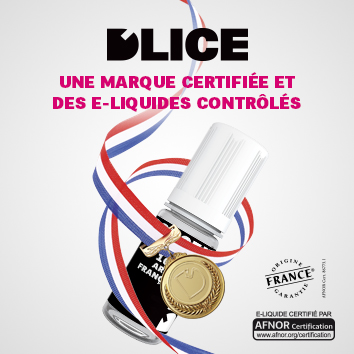Study: are vape products petri dishes for bacteria?

A recent study by the Harvard Chan School may worry electronic cigarette enthusiasts. Vaping products appear to contain non-negligible quantities of toxic bacteria and fungi. These living creatures potentially entering our bodies may have serious health consequences.
The experiment focused on a large, representative sample of e-cigs, including single-use products such as pods and e-liquids. Of the 75 products analysed, 27% contain traces of endotoxines. This lipopolysaccharide compound exists in the cell walls of gram negative bacteria. Researchers also determined that 81% of tested products contained glucane. This polysaccharide is common to many types of fungi. One interesting conclusion was that the contamination rate depended on the brand of the product.
It has been well known for years that exposing the human organism to microbial toxins can lead to a range of respiratory issues. David Christiani, who led the study, highlighted the fact that these contaminants can affect health negatively.

A landmark study to better understand the health risks of electronic cigarettes.
Today, e-cigs have conquered a huge market, a vast population of regular users, and the popularity of vaping among young users illustrates this trend very well. In 2011, only 220,000 secondary school students around the world had tried e-cigs, while in 2018 the rate has jumped to 3 million.
The presence of these living components begs the question: how were they contaminated? Researchers suggested that endotoxins and glucane may come from the cotton of e-cig wicks, as cotton fibre has been known to contain these contaminants.






